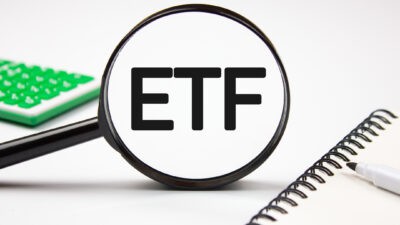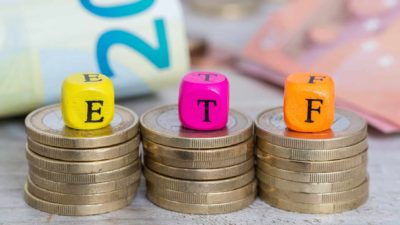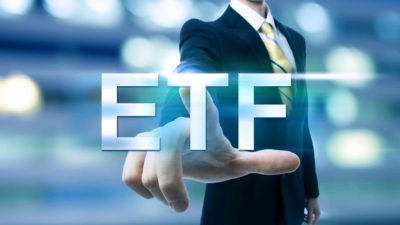If I had $1,000 to invest in ASX shares as a beginner, one of the first choices I'd want to buy is VanEck Morningstar Wide Moat ETF (ASX: MOAT).
Why an exchange-traded fund (ETF) to start with? I think it's great for diversification.
If I took my $1,000 and invested in one business like Telstra Group Ltd (ASX: TLS) or Coles Group Ltd (ASX: COL), I'd have 100% of my portfolio in just one business. All the eggs are in one basket.
With an ETF, we can buy a whole group of businesses in just one transaction. The portfolio is instantly spread across a number of companies.
So why the MOAT ETF? There are a few key reasons.
Strong competitive advantages
With most investments on the (ASX) share market, we're looking to find businesses with economic moats. This describes a company's ability to maintain its competitive advantages and defend its long-term profitability from 'invaders'.
The investment team at Morningstar has identified five sources of sustainable competitive advantages: switching costs, intangible assets, network effects, cost advantages and efficient scale. The annual management fee is 0.49%, which is quite cheap for how much work is being done to identify ideas.
Some of the businesses in the portfolio that you may have heard of that have strong competitive advantages include Alphabet (Google), Campbell Soup, Nike, Walt Disney, Salesforce.com, Bank of America, Berkshire Hathaway, Pepsico, Microsoft, Starbucks and Adobe.
There are a total of 54 holdings in the portfolio at the time of writing.
Good value
The MOAT ETF only invests in these target companies when they're trading at "attractive prices" compared to Morningstar's estimate of fair value.
It doesn't just invest in these competitively-advantaged businesses at any price, the Morningstar team only buy when the business is valued noticeably less than they think the company is worth.
I like this because it can help the MOAT ETF only focus on good value businesses, rather than overvalued. Exiting a position if it has climbed too high can be a good move.
Solid returns
Past performance is definitely not a guarantee of future returns, but I think this fund has the potential to perform as well as any solid ASX shares.
Since the ETF was started in June 2015, it has returned an average of 16.1% per annum.
Any return of more than 10% per annum is a great number for compounding. $1,000 can double in around five years if it returns at 15% per annum.









